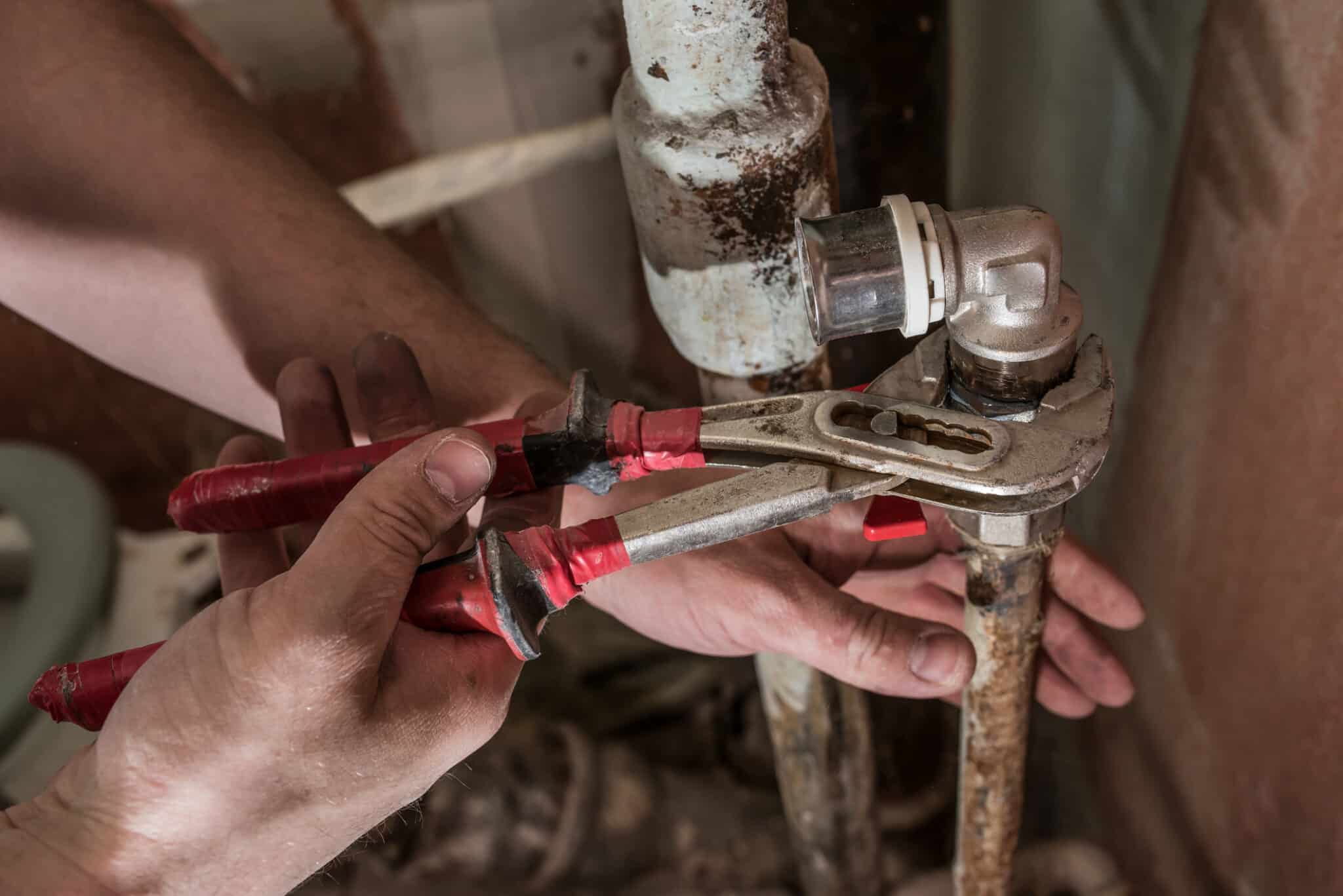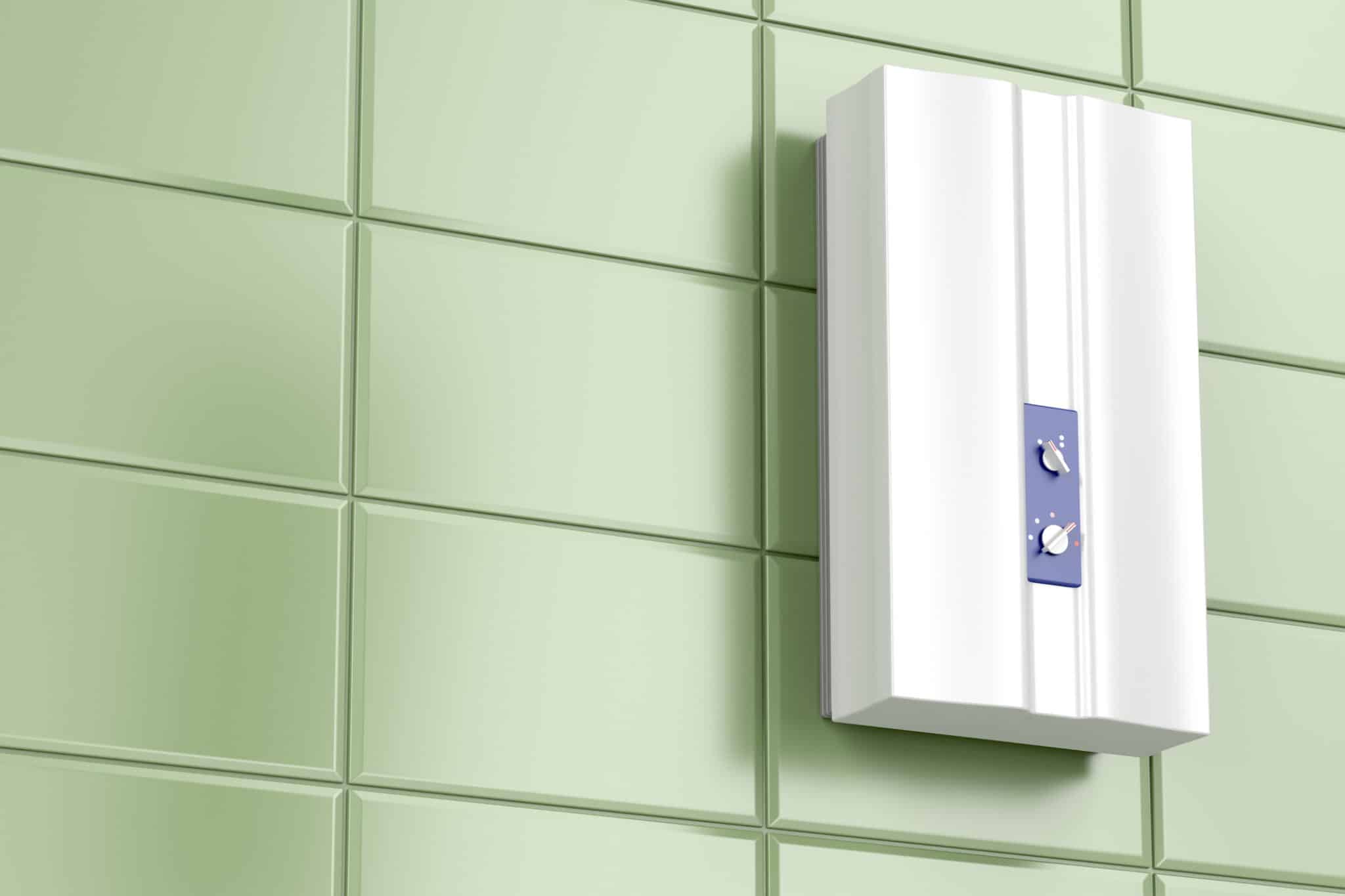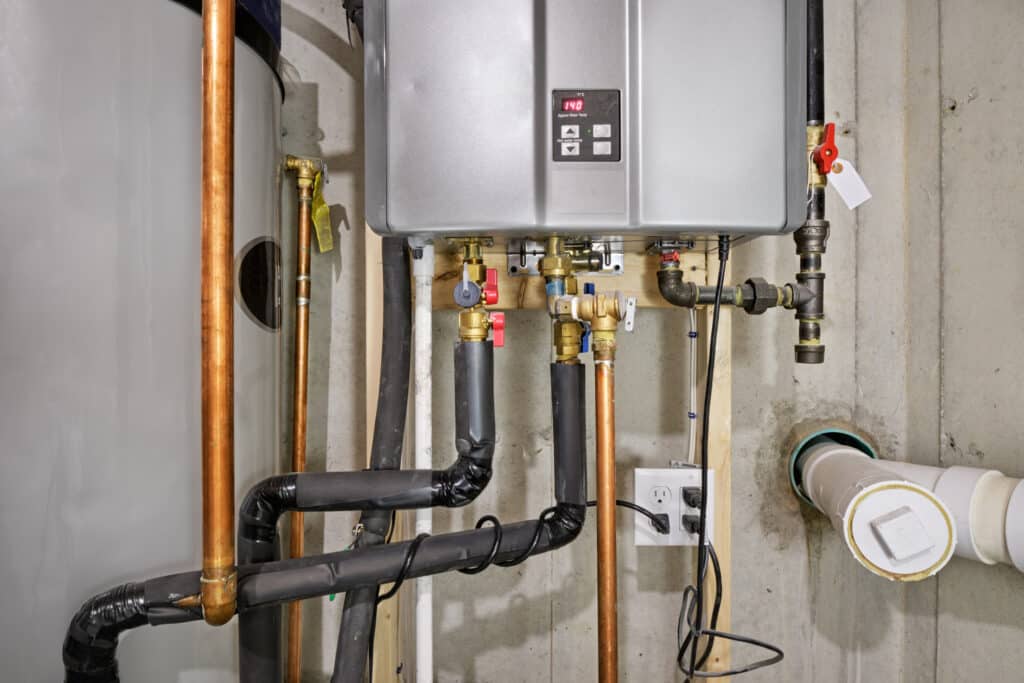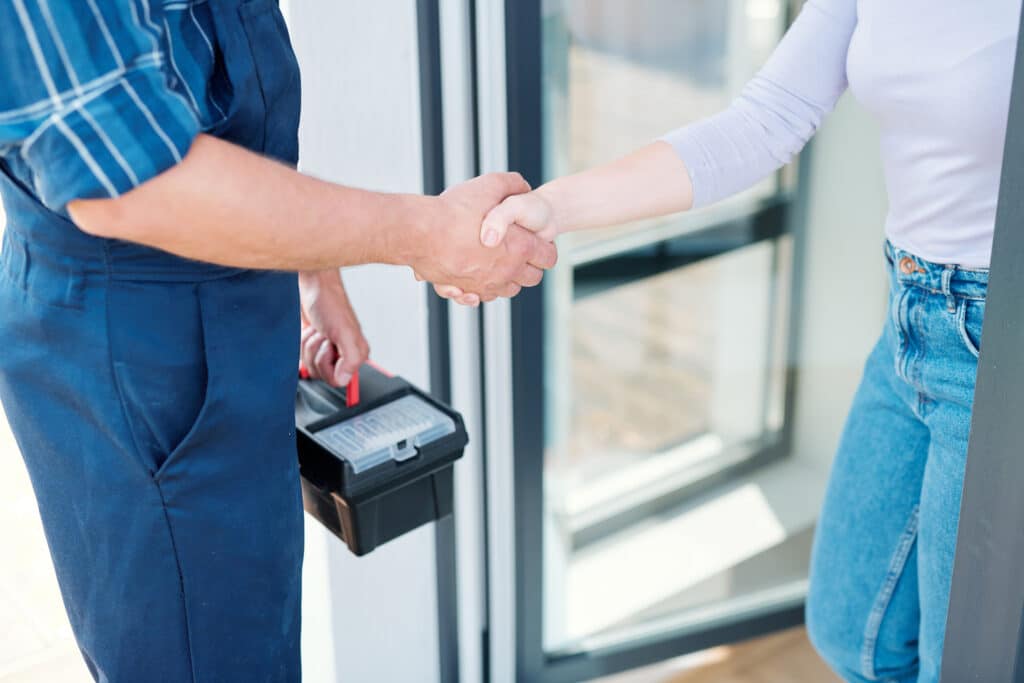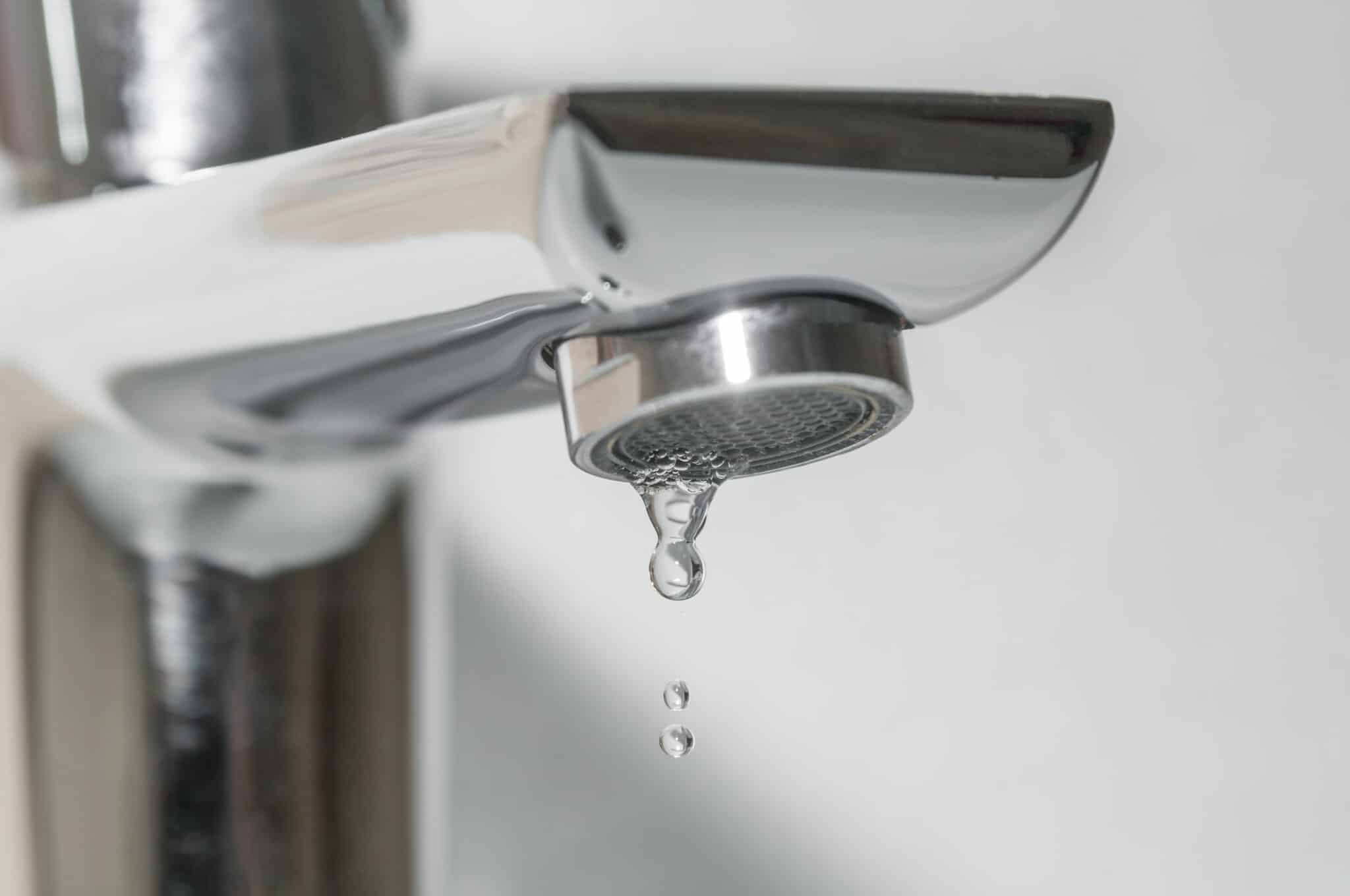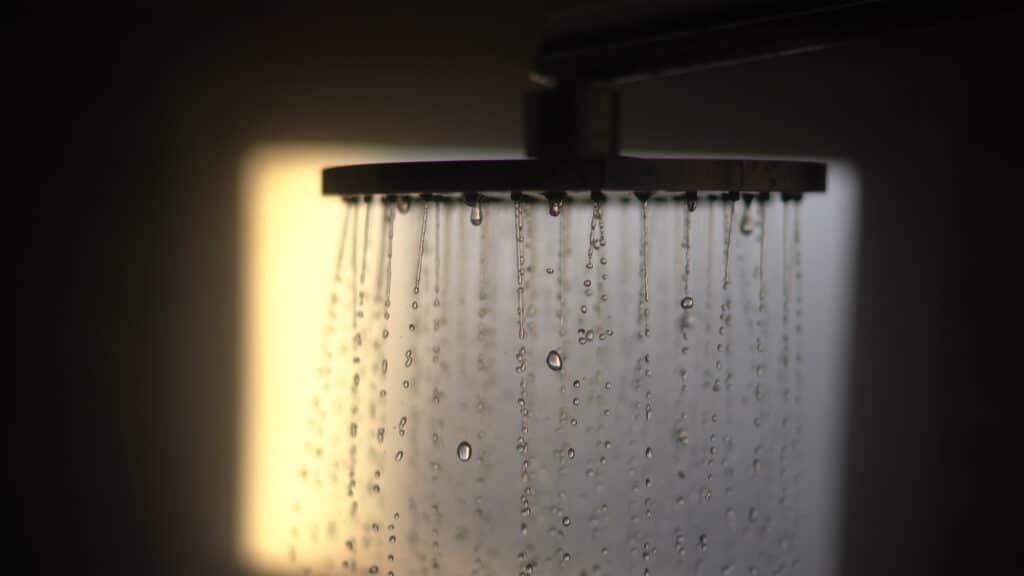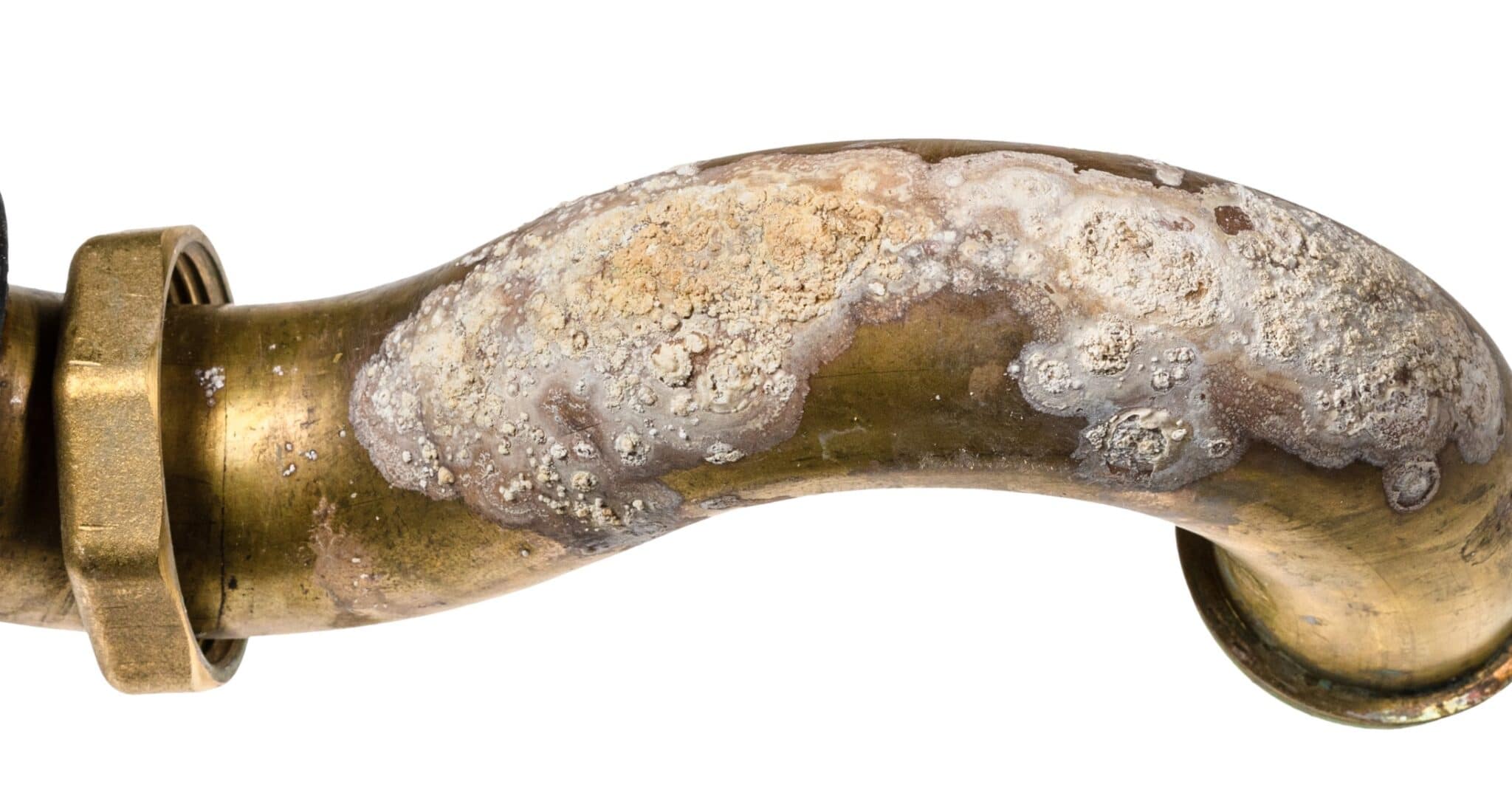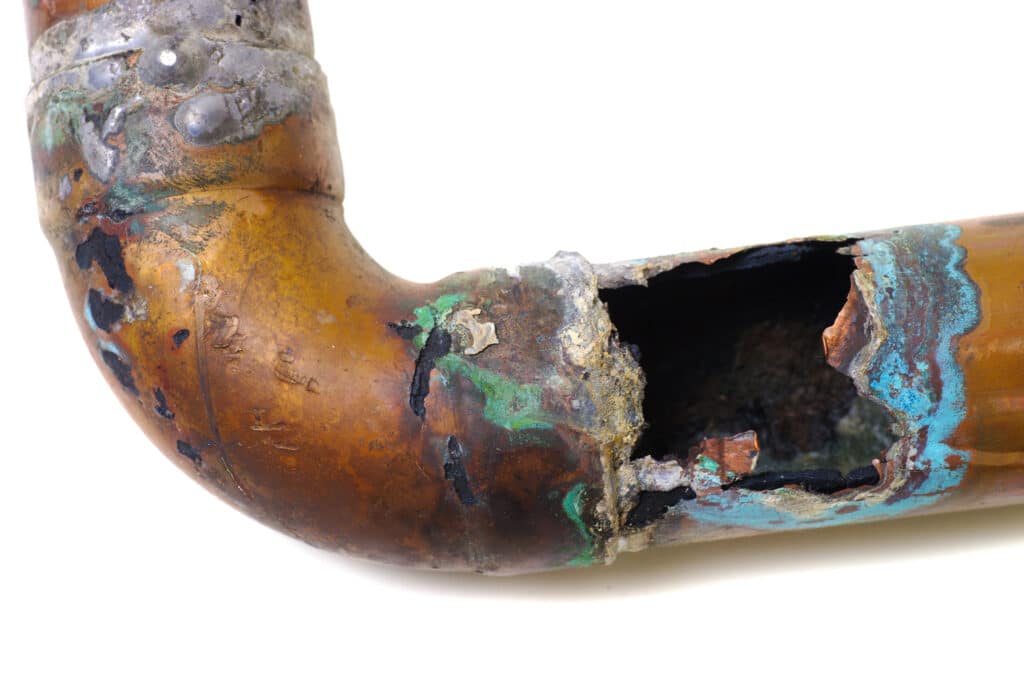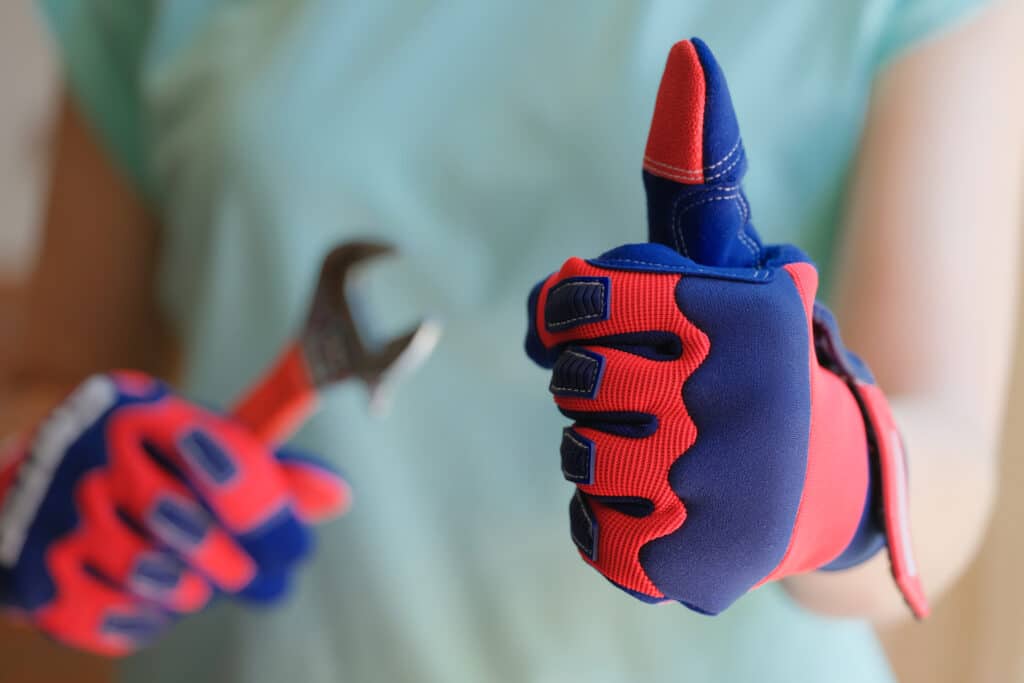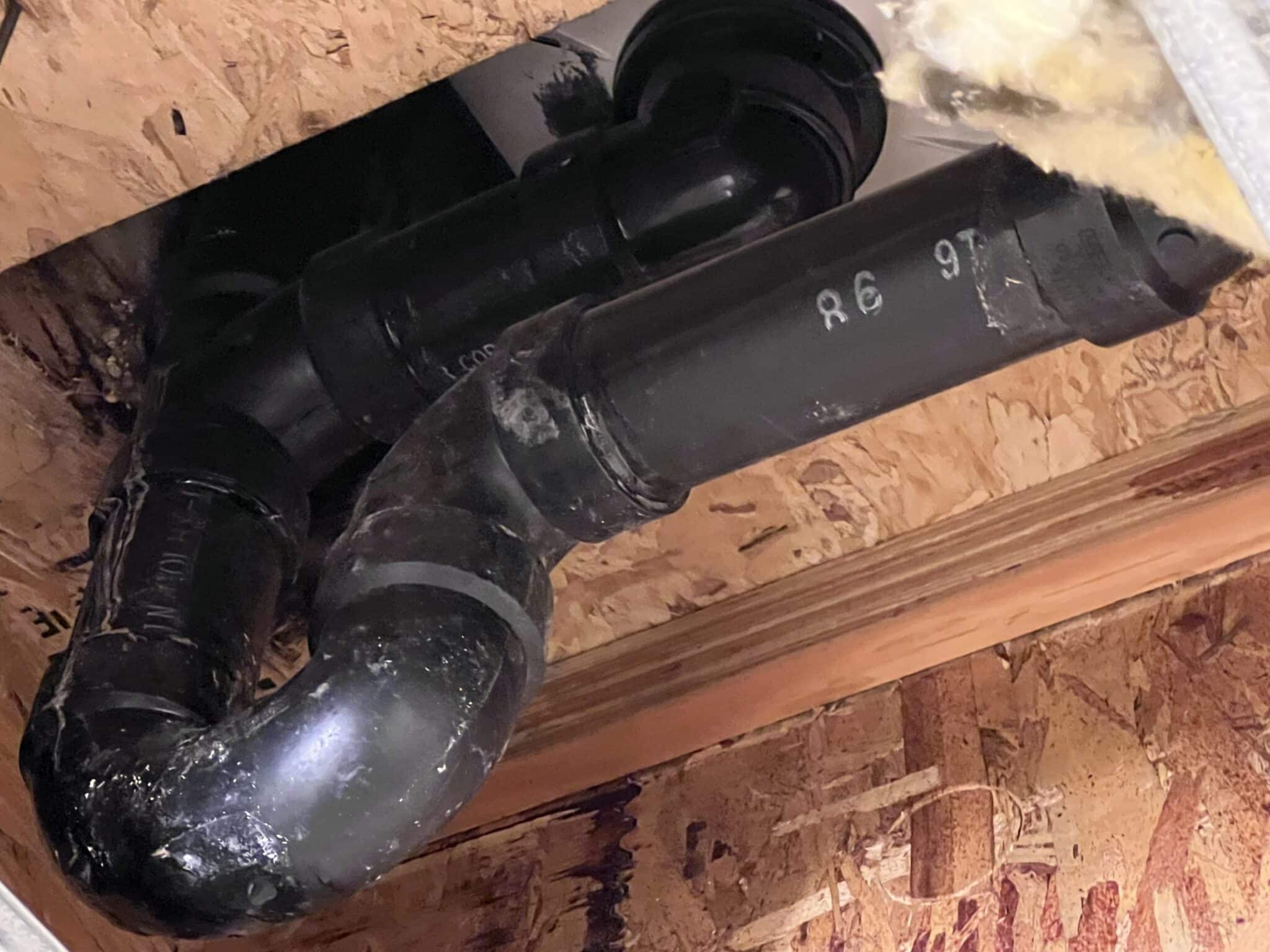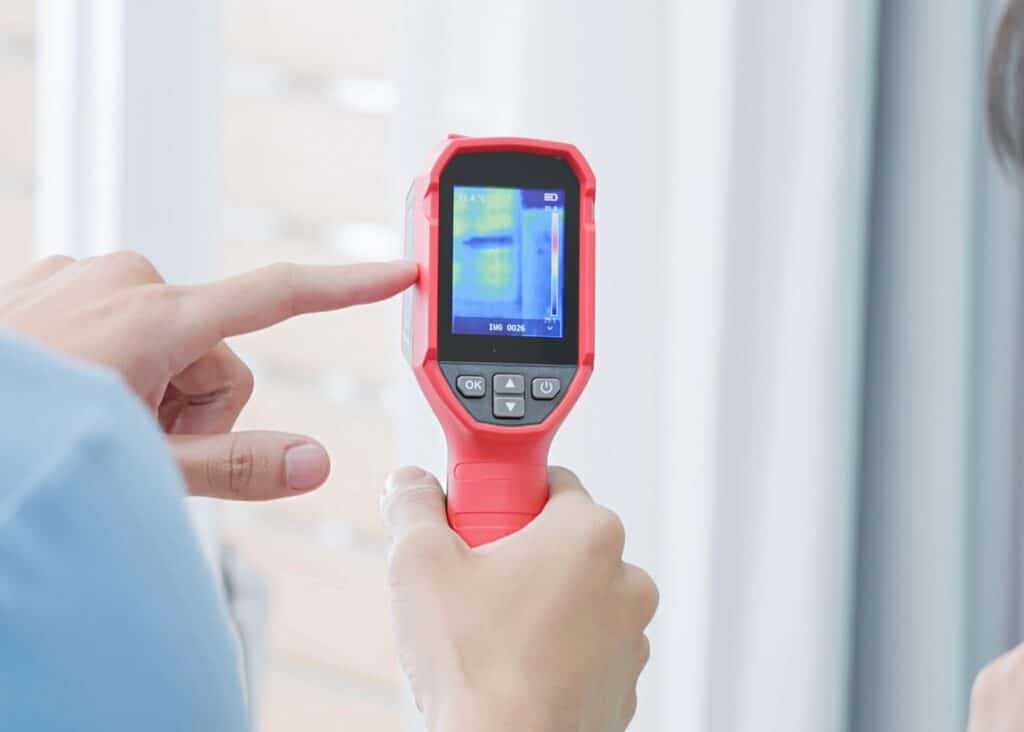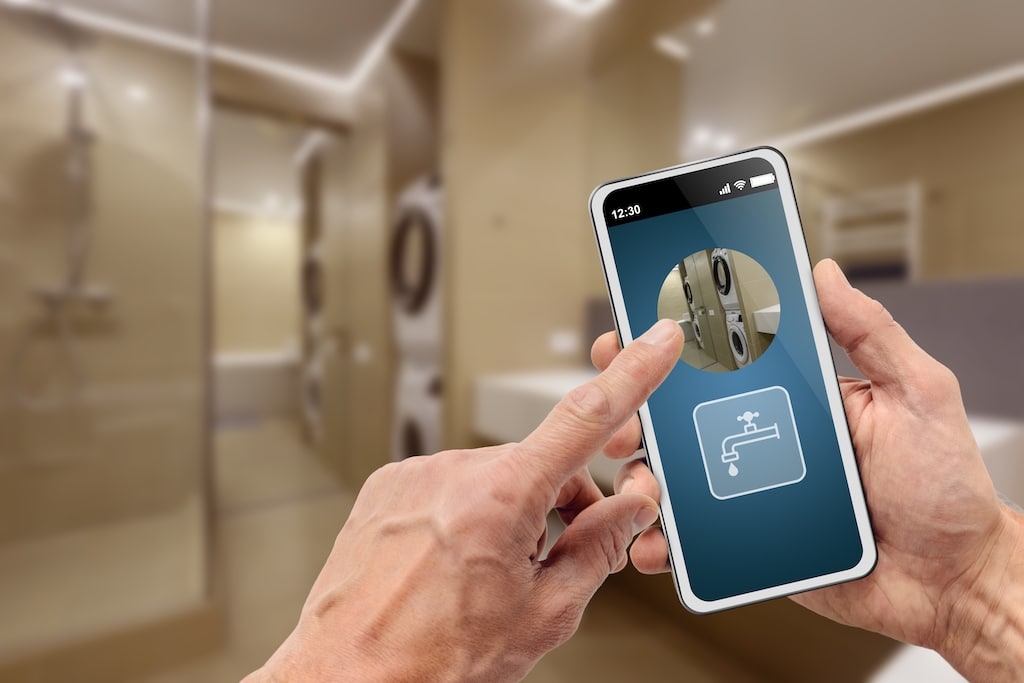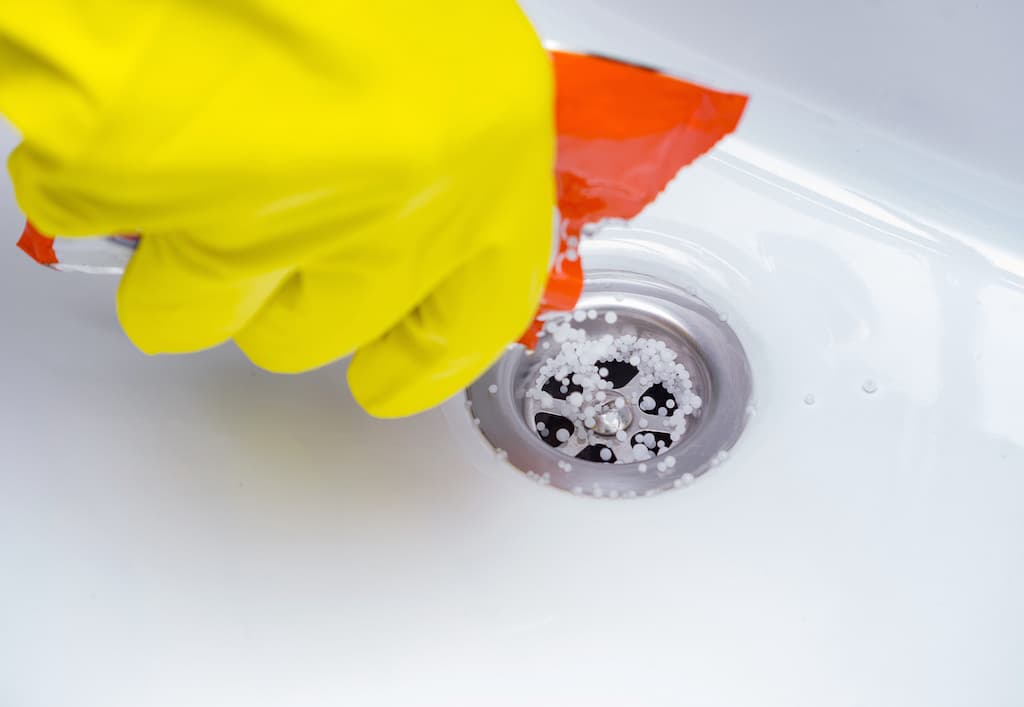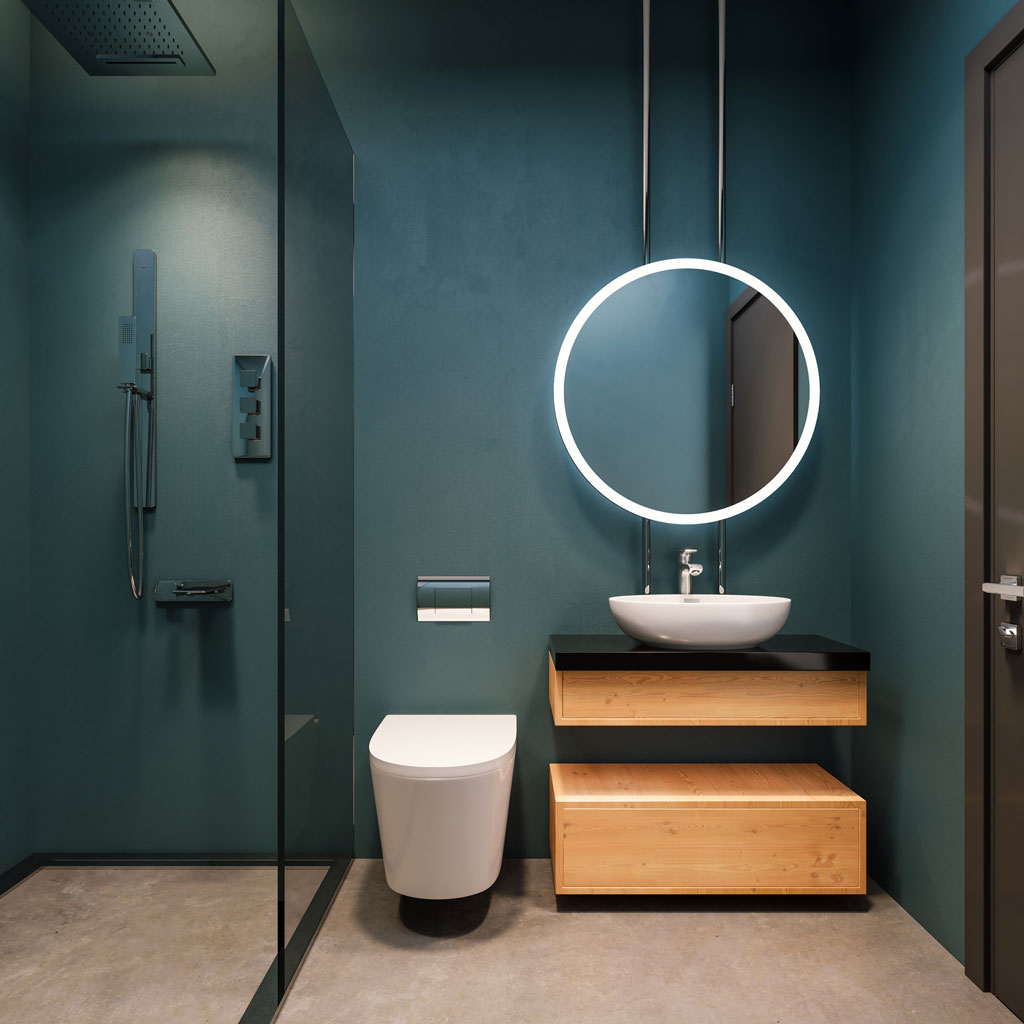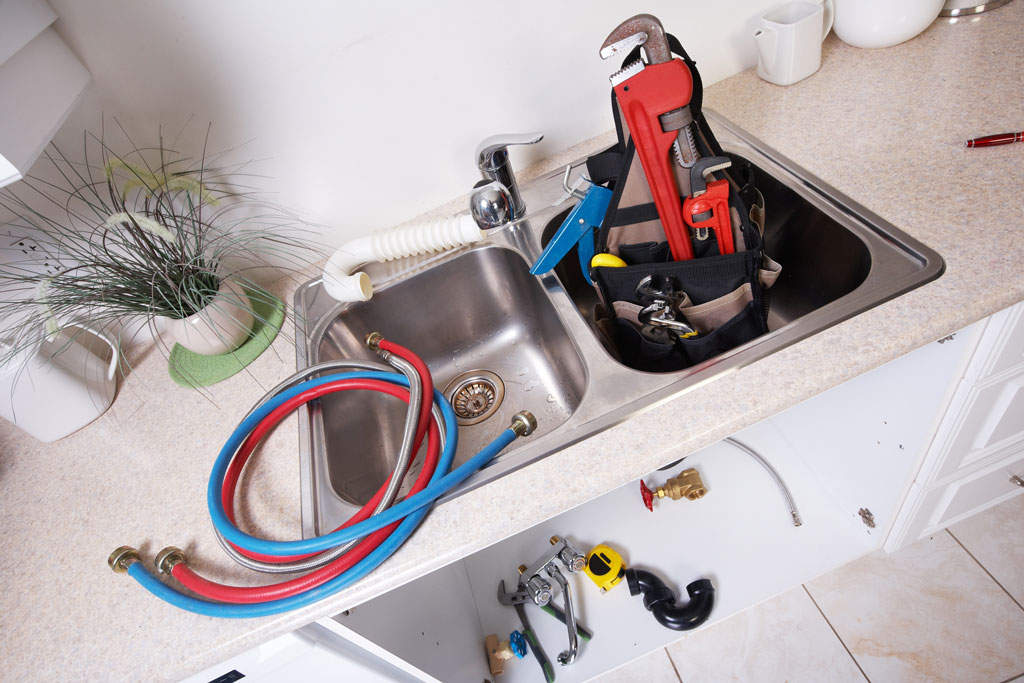Coastal plumbing – Living on the coast has its perks—beautiful views, salty breezes, and endless beach days. But did you know those same ocean vibes can wreak havoc on your plumbing? Coastal plumbing systems face unique challenges, especially when it comes to rust and corrosion from all that salt in the air.
Whether you’re building a new home or upgrading your existing plumbing in places like Callahan, Fernandina, or Jacksonville, choosing the right corrosion-resistant materials can make all the difference. Let’s dive into why coastal plumbing needs extra protection and the best materials to get the job done.
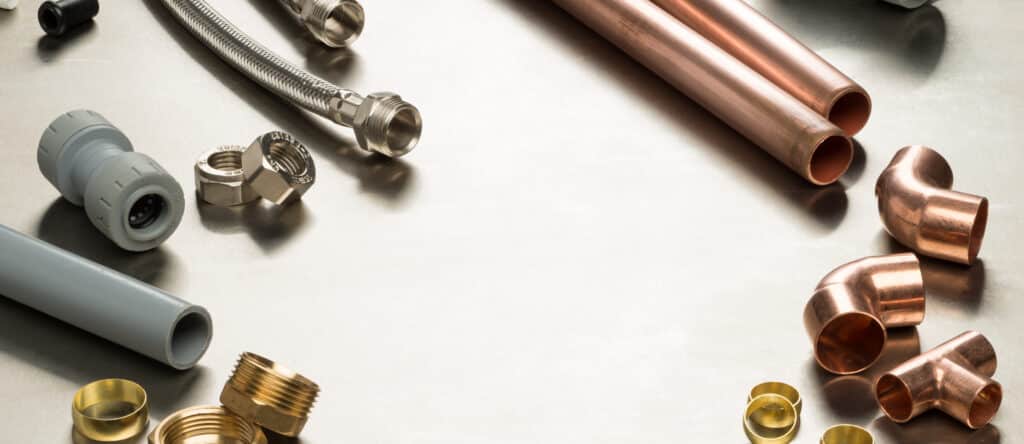
Top Corrosion-Resistant Materials for Coastal Plumbing
When it comes to plumbing in coastal areas, choosing the right materials is essential to reduce ongoing maintenance and prevent unexpected repairs.
Not all materials are built to withstand the relentless salt and moisture that comes with living near the ocean, which can quickly lead to rust and corrosion. Luckily, some options are known for their durability in these harsh environments.
Stainless Steel
Stainless steel is a top choice for coastal plumbing because it’s tough, durable, and resists corrosion well. It contains chromium, which forms a protective layer on the surface, keeping rust and corrosion at bay.
Stainless steel pipes are especially good for areas that experience high levels of humidity and salt exposure, making them ideal for coastal locations.
Although they can be pricier than other options, stainless steel pipes offer excellent long-term value due to their durability and low maintenance needs. Its strength and resistance to harsh conditions make stainless steel one of the best investments for plumbing in coastal areas, providing lasting protection and reliability.
Copper
Copper has been used in plumbing for ages due to its natural resistance to corrosion, which allows it to withstand the demands of coastal environments.
Unlike other metals, copper doesn’t rust easily, even when exposed to salty conditions, so it holds up well near the coast. It’s a more costly option, but copper pipes deliver long-term value because they’re highly durable and require minimal upkeep.
Copper’s antimicrobial properties also help maintain water quality, an added benefit for homeowners concerned about safe drinking water. For those seeking a reliable and enduring choice for coastal plumbing, copper remains a trusted and effective option.
PVC and CPVC (Chlorinated Polyvinyl Chloride)
PVC and CPVC pipes are highly popular in coastal areas due to their affordability and natural resistance to corrosion, providing a practical solution for plumbing needs.
As plastic-based materials, PVC and CPVC don’t rust like metal pipes, making them particularly suited to environments with salty air. CPVC, in particular, is designed to withstand higher temperatures, making it an ideal choice for hot water lines while also being lightweight and easy to install.
These pipes are highly resistant to both weathering and decay, meaning they require little upkeep, making them a cost-effective option for coastal homeowners.
Brass
Brass pipes and fittings combine strength, durability, and corrosion resistance, making them another highly recommended choice for coastal plumbing systems.
An alloy usually made from copper and zinc, brass has an inherent resistance to corrosion in salty, humid environments, allowing it to endure the harsh demands of coastal settings.
It’s known for its long lifespan and requires minimal maintenance, which can save homeowners money in the long run.
While brass may come with a higher upfront cost than other materials like PVC, its durability ensures it can stand up to the test of time, making it a smart choice for plumbing near the coast.
How to Choose the Right Material for Your Coastal Plumbing
When selecting materials for plumbing in coastal regions, it’s crucial to consider key factors that affect both the performance and lifespan of your system.
Salty air, high humidity, and fluctuating temperatures can challenge even the toughest materials, so choosing wisely can make all the difference.
Here’s a simple guide to help you select the best materials for a resilient, long-lasting plumbing system in areas like Callahan, Fernandina, or Jacksonville, FL.
Assessing Budget and Long-Term Value
Budget is often a primary consideration, but with coastal plumbing, it’s wise to think beyond initial costs and focus on long-term value.
Investing in corrosion-resistant materials like stainless steel or copper may cost more upfront but can save you a lot on repairs and replacements in the long run.
Materials that resist rust and degradation require fewer repairs and last longer, giving you better value over time.
Cheaper materials, while appealing initially, might corrode faster in salty air, leading to costly repairs or replacements.
Prioritizing long-term durability over short-term savings ensures a reliable plumbing system that won’t break the bank later on.
Evaluating Environmental and Climate Factors
Understanding the specific climate and environmental factors of your coastal location is essential for choosing the right materials.
Coastal areas have higher levels of humidity, salt in the air, and fluctuating temperatures, all of which accelerate corrosion.
Materials that perform well in drier, inland climates may not be able to withstand these coastal challenges.
Opting for metals like copper or plastic-based options such as CPVC, which are proven to resist corrosion in coastal climates, will help your plumbing endure local conditions.
Choosing materials suited to your environment ensures your plumbing system stays in top shape, even against the rigors of coastal weather.
Consulting with a Coastal Plumbing Expert
When in doubt, consulting a plumbing professional familiar with coastal installations can make a big difference. Experienced plumbers in coastal areas understand which materials hold up best against salt and moisture and can recommend options suited to your home and budget.
A local expert can also assess factors unique to your property, like exposure to direct salty breezes or high humidity levels, which may influence the choice of materials.
Experts can provide practical insights on installation techniques and maintenance to keep your system corrosion-free.
Working with a knowledgeable coastal plumber can take the guesswork out of material selection, setting up your plumbing for long-term success.
Best Practices for Maintaining Corrosion-Resistant Plumbing
Even with the right materials, keeping your coastal plumbing in top shape requires regular care and attention.
Coastal conditions can be tough on plumbing systems, so taking steps to maintain and protect them is essential to prevent early wear and tear.
Regular Inspections for Early Detection
Scheduling regular inspections is one of the best ways to catch corrosion early before it becomes a bigger problem.
By having a professional check your pipes, fittings, and fixtures at least once a year, you can identify any signs of corrosion or wear.
Small issues like minor rust or leaks are much easier and cheaper to fix when caught early on. Inspections help prevent more serious damage that could lead to costly repairs or even full replacements.
Regular check-ups by a plumber familiar with coastal issues ensure that your plumbing stays durable and corrosion-resistant over the long haul.
Cleaning and Protective Treatments
Cleaning and applying protective treatments to your plumbing system can add an extra layer of defense against corrosion.
Salt and mineral buildup can gradually wear down even the most corrosion-resistant materials, so it’s beneficial to keep them as clean as possible.
Rinsing pipes and fixtures periodically with fresh water can help remove any salt residues that may have accumulated.
In some cases, applying special sealants or protective coatings to exposed pipes and fittings can help shield them from salt and moisture, reducing the risk of rust and corrosion. Regular cleaning and protection treatments go a long way in extending the life of your coastal plumbing.
Using Quality Fittings and Sealants
Using high-quality fittings and sealants is essential for creating a watertight and corrosion-resistant plumbing system.
Low-quality fittings can corrode or leak more easily, especially in coastal climates where salt and humidity are constant factors.
High-grade fittings, especially those made from corrosion-resistant materials like brass or stainless steel, help ensure that the joints and seals in your plumbing stay strong and leak-free.
Additionally, applying a high-quality sealant around fittings provides extra protection against water intrusion and corrosion.
Investing in quality materials and proper sealing techniques can significantly improve the durability and lifespan of your plumbing system.
Installation Tips for Coastal Plumbing
Proper installation plays a vital role in helping plumbing materials withstand the harsh coastal environment and resist corrosion over time.
While choosing corrosion-resistant materials is essential, their effectiveness largely depends on careful installation techniques suited for salty, humid conditions.
When installed correctly, these materials can provide a strong, lasting defense against the challenges unique to coastal areas, ensuring your plumbing system performs reliably for years to come.
Proper Installation Techniques for Corrosion Resistance
Using the right installation techniques helps enhance the corrosion resistance of plumbing materials.
For example, when installing metal pipes like copper or stainless steel, it’s essential to avoid unnecessary cuts and bends, which can weaken the material and create potential points of corrosion.
Sealing all joints and connections tightly is crucial in coastal areas to prevent salt and moisture from seeping in and starting rust.
Proper spacing of pipes and components is also key, allowing airflow around pipes and minimizing direct exposure to salty air. Careful installation focused on corrosion prevention ensures a stronger, longer-lasting plumbing system.
Choosing the Right Plumbing Experts for Coastal Installations
Selecting a plumber with experience in coastal installations is a wise investment for the longevity of your plumbing.
Coastal plumbing has its own unique requirements, and an expert who understands these challenges can recommend materials and techniques best suited for your environment.
Experienced plumbers in coastal areas know which installation practices, materials, and protective coatings work best to combat local factors like salt air and humidity.
By working with a plumber skilled in coastal projects, you can avoid common pitfalls and gain peace of mind knowing your plumbing is set up to handle the harsh conditions of coastal living.
Protect Your Coastal Plumbing with Expert Help from Bert Norman’s Plumbing!
Living near the coast in Callahan, Fernandina, or Jacksonville, FL brings unique plumbing challenges.
Don’t let salt and humidity wear down your pipes! At Bert Norman’s Plumbing, we specialize in corrosion-resistant plumbing solutions designed for coastal environments.
Our team is here to help you choose durable materials and ensure a long-lasting, worry-free plumbing system. Contact us today to secure your plumbing’s future!

FAQs
What is the best material for plumbing in coastal areas?
Stainless steel, copper, and PVC/CPVC are among the best materials for coastal plumbing. These materials are known for their durability and resistance to corrosion, making them ideal for areas exposed to salty air and high humidity.
How can I prevent corrosion in my coastal plumbing system?
Preventing corrosion involves using corrosion-resistant materials, regular inspections, and protective coatings. Cleaning pipes and fittings to remove salt deposits and applying high-quality sealants at joints can also help reduce the risk of corrosion.
Is stainless steel really rust-proof?
highly resistant to rust compared to other metals. Its chromium content forms a protective layer that minimizes rust, especially in harsh environments like coastal areas. However, over time, even stainless steel may develop slight corrosion if it’s not maintained or cleaned of salt deposits, so regular care is still important.
How often should coastal plumbing be inspected?
For coastal plumbing, it’s recommended to schedule inspections at least once a year. Regular inspections can catch early signs of corrosion, leaks, or other issues before they lead to major damage.
Are plastic pipes (like PVC) a good choice for coastal plumbing?
Yes, PVC and CPVC pipes are excellent choices for coastal plumbing because they don’t rust or corrode like metal pipes. They are also lightweight, affordable, and easy to install, making them a cost-effective option for coastal homeowners. CPVC, in particular, can withstand higher temperatures and is commonly used for hot water lines.

